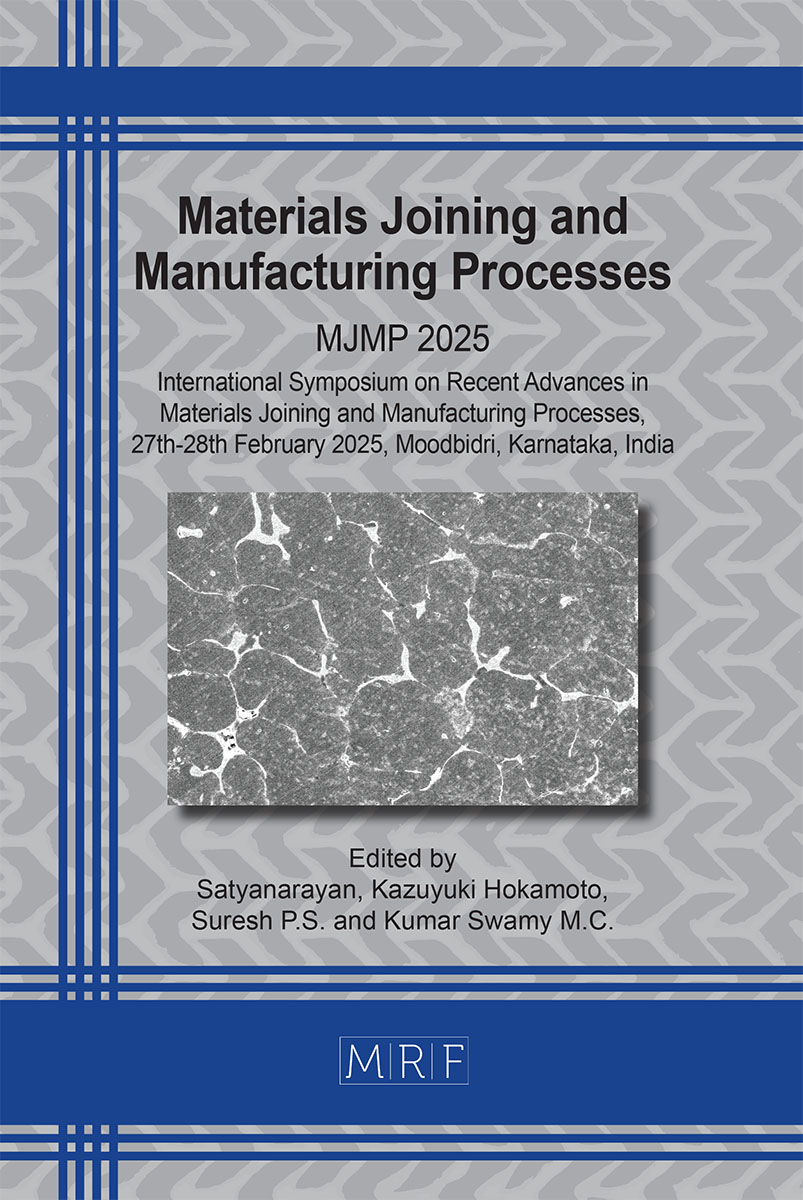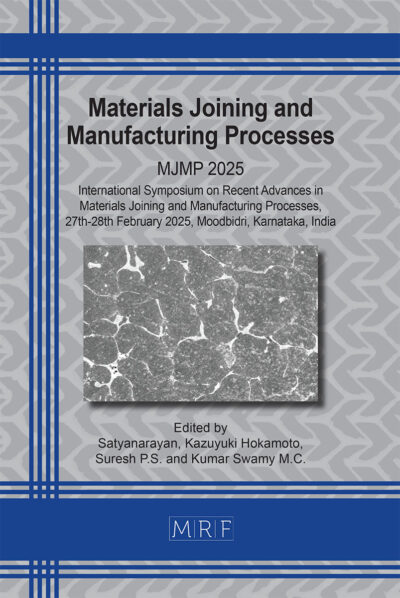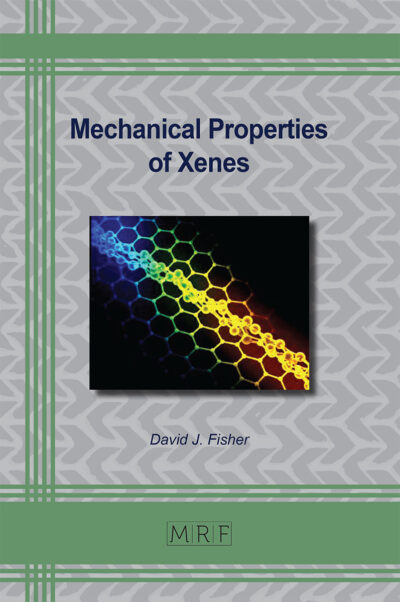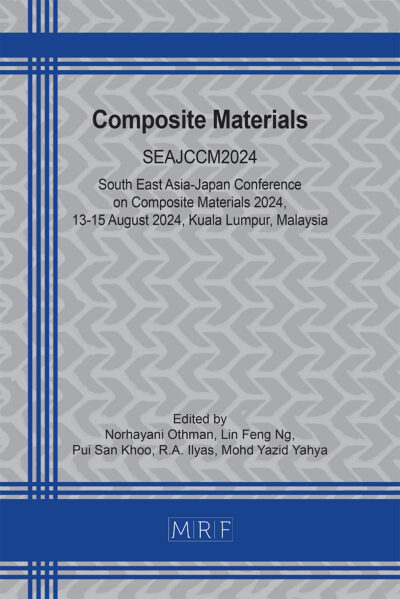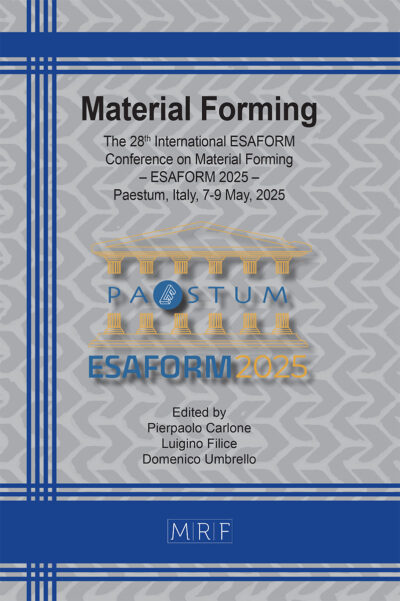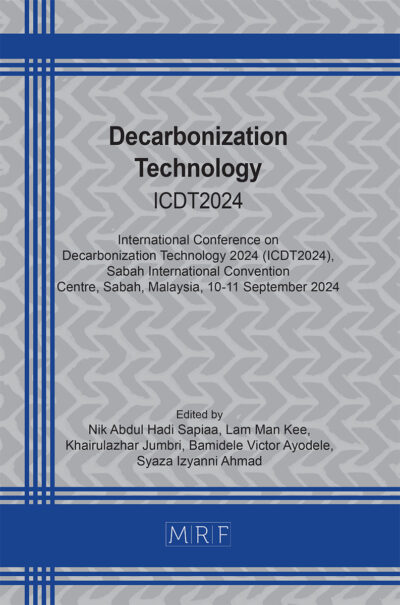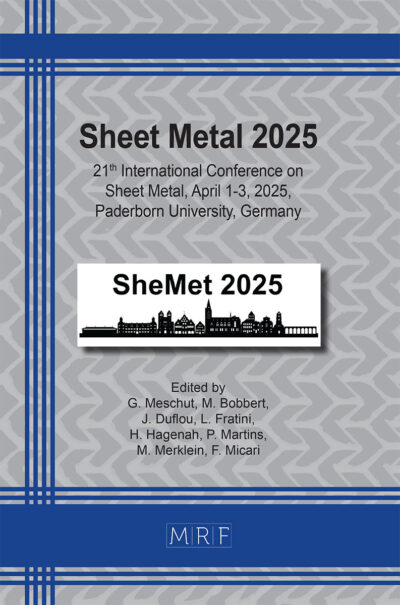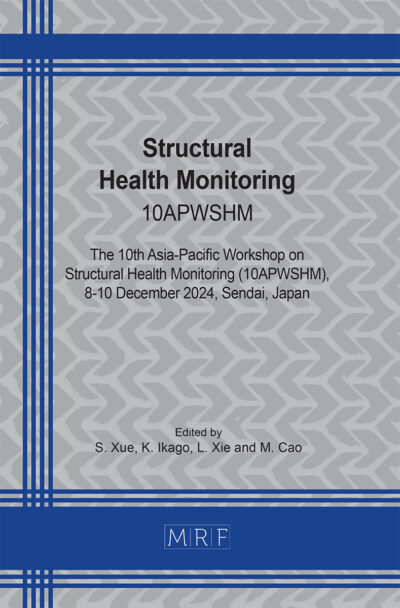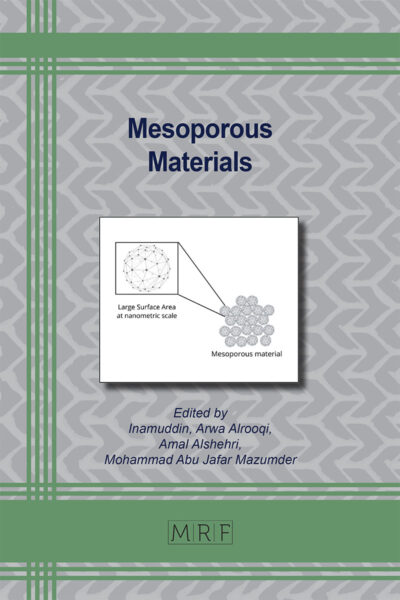Implosive reactive armour to enhance explosive welding on hard surfaces in modern warfare
A. Gyanesh Kumar Rao, Satyanarayan, Suresh Ganesh Kulkarni
Abstract. The study focuses on the role Implosive Reactive Armour (IRA) in enhancing explosive welding techniques for hard surfaces in modern warfare. IRA is a tertiary layer of protection that fills the gap between traditional explosive reactive armour (ERA) and Vaporizing Reactive Armour (VRA). IRA is designed to protect against shaped-charge warheads and improve vehicle survivability in combat. The IRA’s joggle interlocking S profile of HRC grade steel plates features plasticized nitrocellulose blend with TNT explosive cladding and graphene-coated sisal fiber over rubberized NIJ 3+ composite armour backing of Ultra-High-Molecular-Weight Polyethylene (UHMWPE). The IRA significantly enhances protection, exhibiting varying levels of effectiveness depending on the type of threat, design of the reactive elements, and placement on the vehicle. The explosive welding process for joining HRC-grade steel plates requires careful control of the explosive energy, as these steels are hard and prone to cracking under excessive force. The binder material’s properties, such as its ability to cushion and regulate detonation, play a significant role in the quality of the final weld. The findings suggest that IRA remains a valuable defence tool but must be adapted or combined with other technologies in quad armour to ensure maximum effectiveness against future threats. Continuous innovation is required to maintain IRA’s relevance in modern warfare to mitigate beyond Stanag level 6 fragmentation round threats varying from ground to space debris by infusing explosive welding techniques in it. IRA side walls profile in joggle or corrugated roofing sheet container like profile and fuel tanks providing upper hand in stealth operations with no visible design changes in outer body of the heavy vehicles and aircraft hangers. The goal of this research is to assess the effectiveness, limitations and future potential of IRA in modern combat scenarios with a focus on its ability to counter act on evolving threats being an add on protection between a quad armour layer of metal matrix composite involving explosive welding
Keywords
Implosive Reactive Armour, Modern Warfare, Joggle Joining
Published online 6/1/2025, 6 pages
Copyright © 2025 by the author(s)
Published under license by Materials Research Forum LLC., Millersville PA, USA
Citation: A. Gyanesh Kumar Rao, Satyanarayan, Suresh Ganesh Kulkarni, Implosive reactive armour to enhance explosive welding on hard surfaces in modern warfare, Materials Research Proceedings, Vol. 55, pp 79-84, 2025
DOI: https://doi.org/10.21741/9781644903612-13
The article was published as article 13 of the book Materials Joining and Manufacturing Processes
![]() Content from this work may be used under the terms of the Creative Commons Attribution 3.0 license. Any further distribution of this work must maintain attribution to the author(s) and the title of the work, journal citation and DOI.
Content from this work may be used under the terms of the Creative Commons Attribution 3.0 license. Any further distribution of this work must maintain attribution to the author(s) and the title of the work, journal citation and DOI.
References
[1] K .D Dhote, KPS Murthy, K.M. Rajan, M. M. Sucheendran “Statistics of fragment dispersion by explosion in fragment generator warhead. Central European”, J. Energ. Mater. 13(1) (2016)183-197. https://doi.org/10.22211/cejem/64971
[2] M.R Driels Weaponeering Conventional Weapon System Effectiveness. Reston, Virginia, USA:American Institute of Aeronautics and Astronautics.(2004)
[3] M. Hartmann M Component Kill Criteria a Literature Review. FOI, Swedish Defence Research, (2009) Agency.Available at: www.foi.se/ReportFiles/foir_2829.pdf (assessed 20 January 2016).
[4] P. Corigliano, V. Crupi, E. Guglielmino, A.M. Sili, Full-field analysis of AL/FE explosive welded joints for shipbuilding applications, Mar. Struct. 57 (2018) 207-218. https://doi.org/10.1016/j.marstruc.2017.10.004
[5] Y. Kaya, Microstructural, mechanical and corrosion investigations of ship steel-aluminum bimetal composites produced by explosive welding, Metals 8 (7) (2018) 544. https://doi.org/10.3390/met8070544
[6] J.P. Bergmann, F. Petzoldt, R. Schürer, S. Schneider, Solid-state welding of aluminum to copper-case studies, Weld. World 57 (2013) 541-550. https://doi.org/10.1007/s40194-013-0049-z
[7] Y. Kaya, Investigation of copper-aluminium composite materials produced by explosive welding, Metals 8 (10) (2018) 780. https://doi.org/10.3390/met8100780
[8] Rising Phoneix Consultancy LLP, Gyanadraksha Wydhumaketustra Subrahmkr Pvt Ltd. Indian Patent 202421090847. (2024) Wide range aircraft hangar protection system for ballistic and explosive resilience in military and civilian aircraft facilities.
[9] Bahrani A.S., Black T. J. and Crossland Bernard. 1967 The mechanics of wave formation in explosive welding. Proc. R. Soc. Lond. A 296: 123-136 https://doi.org/10.1098/rspa.1967.0010
“”

